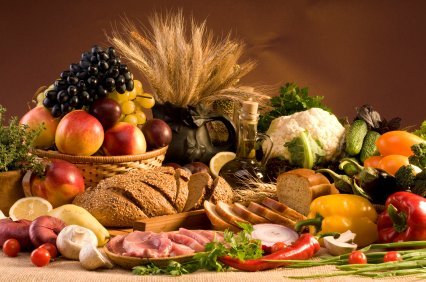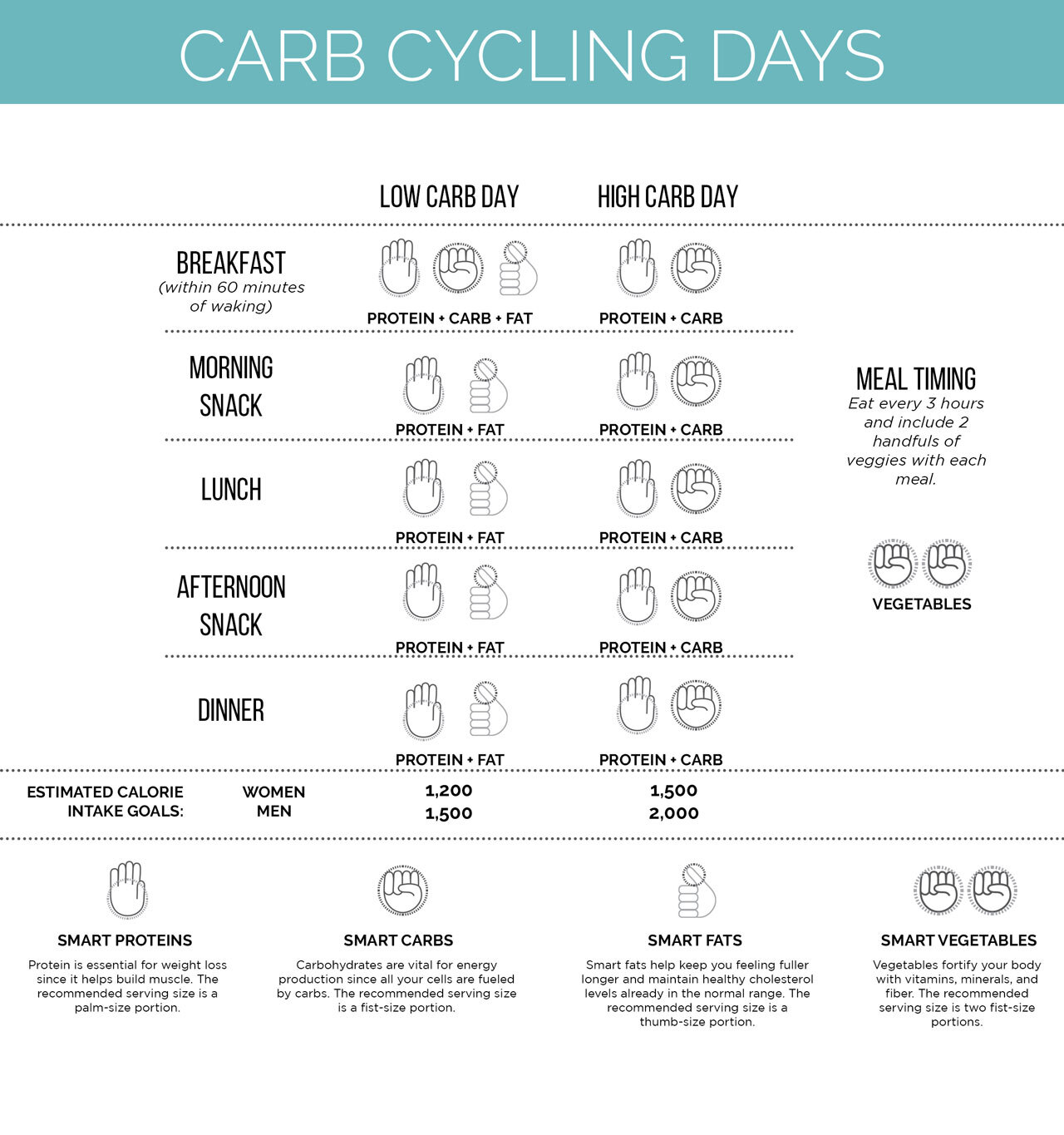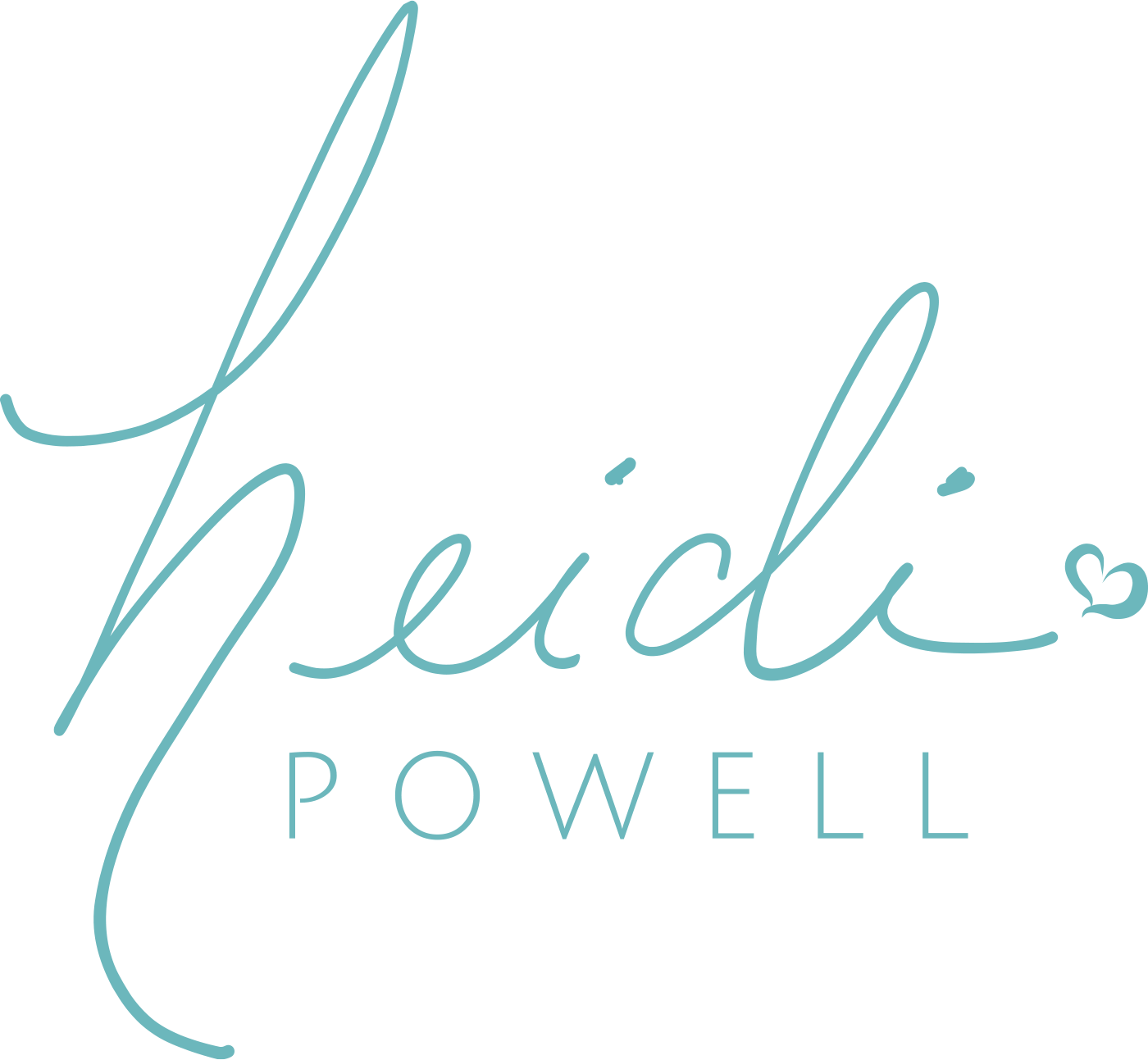Confused about carbs and how they fit into carb cycling? Believe me, you’re not alone! Many of my most frequently asked questions are about carbs. And yes, with all the talk of “carbs this” and “carbs that” in the media, it can get a bit confusing. It gets even more complicated when you think you need to keep track of grams of carbs per meal and per day and the “good” vs. the “bad.”
It’s time to rethink how you think about carbs, agreed?!
First, the basics: Carbs—and the roles they play in your diet—are actually pretty simple. If it comes from a plant, it’s a carb, and carbs are the preferred fuel source for your muscles and organs. Breads, beans, potatoes, table sugar, fruits, and vegetables are all carbs.
There are two categories of carbs: simple and complex. The simple, not-so-healthy ones are found in foods such as cakes, cookies, some commercially made breads, and many processed foods. Fruits are also considered simple carbs because of the type of sugar they contain, but they’re a healthy choice because they’re loaded with vitamins, minerals, electrolytes, antioxidants, and some fiber. Your body breaks down simple, not-so-healthy carbs very quickly, which spikes your blood sugar levels and stimulates the release of insulin, resulting in a craving for more simple carbs. And that is soooo not good!
Complex, healthy carbs—like those found in legumes, root vegetables, whole-grains, cereals, breads, and pastas—are typically high in fiber, which slows food digestion and the release of sugars. This keeps your blood sugar and energy levels steady (and longer lasting), so your calorie-burning furnace stays hot and burns more calories! And that is awesome!
So how do carbs fit into our carb cycling program? It’s actually pretty simple. No matter what carb cycle you choose, every breakfast of every day will contain a carb. Every breakfast, every day. Your carb can be a grain, a legume, a starchy or root veggie, or a fruit.
In the Easy, Classic, Turbo, and Fit Cycles, on low-carb days, your remaining four meals (spaced every three hours) consist of a portion each of protein, fat, and veggies (think fibrous green veggies, not the starchy, root kind), and on high-carb days, your remaining four meals (spaced every three hours) are made up of a portion each of protein and complex carbs (grains, legumes, starchy or root veggies, or fruits). To learn more about the new Extreme Cycle, go here. And no matter which cycle you choose, if you’re ever still hungry, you can always throw in a portion of veggies (again, the fibrous greens). Remember: With carb cycling, you can have non-root/non-starchy veggies with every single meal (starchy, root veggies, like potatoes, will fall into the carb category)! Pretty simple, right?
Here’s what it looks like, including some handy portion size helps, for the Easy, Classic, Turbo, and Fit Cycles:
Here’s the most important take-away about carbs: With carbs and carb cycling, it’s not about a magic number of grams of carbs to eat every day. It’s about that carb for breakfast every morning and spreading your carb intake throughout your high-carb days so your body gets the greatest benefits from those healthy carbs you eat. Carbs are amazing, and they can be an important key to achieving your transformation goals. 🙂




693 Responses
Love you guys! Can’t wait to begin! Bought your second book and have looked around for “Sample” menus but can’t find any. The instructions for what to eat are easy to follow, but I always like to see some ideas laid out and to see what a day could look like, especially for snacks, etc. It helps for those of us who need inspiration. Thank you!!
We really don’t have sample meal plans, but here are some meal ideas for low and high carb days (all recipes are from Chris and Heidi’s books: “Choose to Lose” and “Choose More, Lose More for Life”).
Low carb day:
Breakfast (within 30 minutes of waking): Basic Omelet with a corn tortilla to make it a wrap.
Snack (3 hours later): A protein shake with a portion of a healthy fat, like peanut butter, mixed in.
Lunch (3 hours later): Tomato Basil and Garlic Chicken with a portion of olive oil drizzled on top.
Snack (3 hours later): Sonora Cottage Cheese with a portion of avocado.
Dinner: (3 hours later): Lemon Chicken drizzled with salad dressing.
High carb day:
Breakfast (within 30 minutes of waking): Denver Omelet with a portion of your favorite fruit or oatmeal on the side.
Snack (3 hours later): Greek Yogurt Parfait with a portion of low fat granola.
Lunch: (3 hours later): Caribbean Jerk Chicken with a portion of brown rice.
Snack (3 hours later): Protein shake with a portion of oatmeal mixed in.
Dinner (3 hours later): Apple Cider Chicken.
And remember, you can have veggies (the non-root/non-starchy type) with every single meal, and you can use any of the foods on Chris and Heidi’s approved foods list – in the proper proportions – to create meals to fit your needs. Hope this helps!
same here! thanks for the question 🙂
hi guys! So just to be sure (sorry if you’ve answered this already)…do low carb cycle on my cardio days and high carb cycle on my weight days? Off the carb cycling topic but it would play into my cycling…Is it alright to do kettle bells and barbell exercises two days in a row? Either way, kettle bells would be considered a high carb day, right? You’re the experts! Thank you!!
Hi Jenn: In carb cycling, for all four cycles, you’ll do strength training (9-Minute Mission) and cardio (Shredders) Monday-Friday. If you want to do your own strength training program, you totally can, just make sure you don’t work out the same muscle groups two days in a row. Your muscles need 48 hours to recover and get stronger in between workouts. And all four cycles follow an alternating schedule of low and high carb days, but each cycle has a different arrangement of these days throughout the week. The low and high carb days are associated with the foods you’ll eat, not what exercises you’ll do. Hope that helps!
If I have cottage cheese and a handful of cherry tomatoes for my afternoon snack on a low carb day, is this complete? Does the low fat cottage cheese count for both the protein and fat?
Hi Erin: Your cottage cheese counts as a protein only, so you’ll need to add a fat. 🙂
Hello! I just started the carb cycling program and I have a question about string cheese. How many pieces can I have on low carb days? Thank you!
Hi Sandy: One piece of string cheese would count as the fat portion of a low carb meal. Happy carb cycling!
I’m currently doing crossfit 3x per week. Would it be better to do that on high or low carb days, or does it not matter? Also, would pb2 be considered a protein? Or carbs? Or neither…
Hi Kayla: You can do CrossFit on whichever days works best for you. And for PB2, It really doesn’t count as a whole portion of anything in its 2 TBSP serving size. Maybe count it as a flavoring but keep track of those calories.
I began the classic plan on June 21. I feel better and know I’m eating so much healthier…and have lost 7.5 pounds. Does that amount of weight loss sound on target? I’m 58, and I have to remind myself that everyone loses at a different rate. I want to lose 14 more pounds. Should I try the turbo plan or keep doing what I’m doing? Thanks so much!
Hi Diana: Congrats on those 7.5 pounds gone – that’s awesome! A person’s rate of weight loss depends on starting weight, muscle mass, and some other factors, and it can be different for every person. And the closer you get to your goal, the slower the pounds will come off. You can change cycles at any time, so do what works best for you! You’re definitely on the right track!
Hello! I’m carb cycling. Using the fundamentals in the Choose to Lose book. I supplement with a lot of leafy vegetables like broccoli and cauliflower. Should I be adding these carbs to my daily count?
Broccoli and cauliflower are considered veggies in carb cycling, and you can have two fist fulls of veggies with every meal. These types of veggies are counted separately from other carbs. Good luck!
Hi! My friends and I are starting carb cycling this week. Can we eat non-fat plain greek yogurt on both high and low carb days because it’s considered a protein? What about cottage cheese? Any day?
Thank you!
Hi Amanda: Welcome to carb cycling! Yes, you can eat nonfat plain Greek yogurt and cottage cheese as the protein part of any meal – both low and high carb. You can do this!
Hello! I just have a quick question about breakfast on low carb days. I’ve been taking a “Premier Protein Shake”, with 5g of carbs. Is that enough carbs or should I also have some oatmeal? Thanks!
Hi Chris: Your protein shake would count as the protein part of your high carb meal (breakfast), so you’ll still need to add a carb portion. And remember, every breakfast is a high carb meal (protein + carb + veggies), no matter if you’re on a low or high carb day. Good luck!
I am trying to prepare my meal plan for the week to start with the classic cycle. But I am having trouble figuring out low carb day. For veggies I love cucumbers, carrots, salad, tomatoes, mushrooms,and potatos. But the book has potatoes and carrots as carbs, so I dont understand if this means I shouldn’t have those on low carb days? But I don’t want to Just eat salad all the time either. ..I know need to learn to like more veggies as I have always been fruit person. I want to be successful at this buy even with the book I still feel a little lost!
Hi Sarah: Since the book was printed, carrots are now considered veggies in carb cycling, so those are an option for any meal. And since potatoes are considered carbs, you’ll only want to eat them as the carb portion of a high carb meal. You can do this!